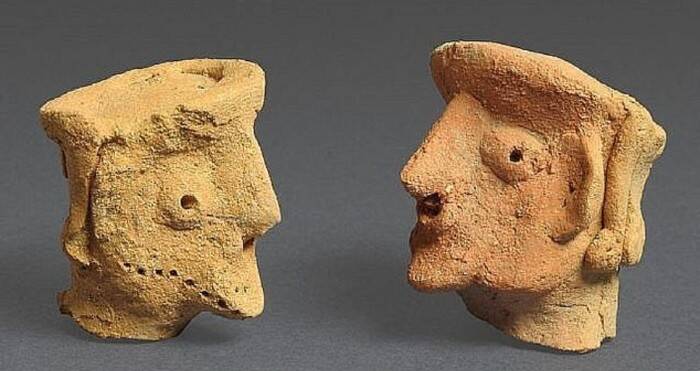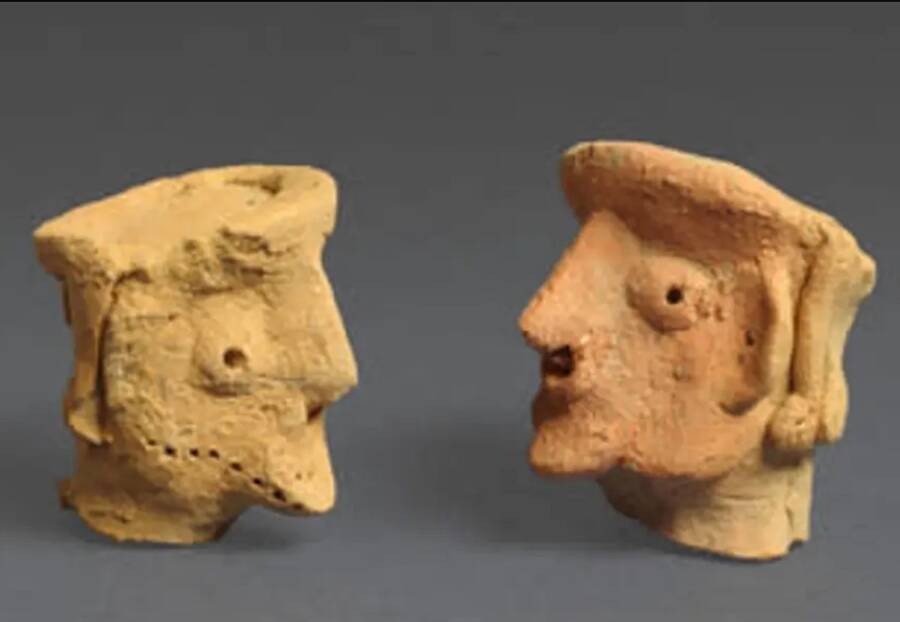“Unearthed Mystery: Archaeologist Claims Discovery of ‘Divine Visage’ in Ancient Artifacts Sparks Controversy!”
“Unfortunately, the article is riddled with factual inaccuracies in the presentation of the finds and a flawed methodological approach that disregards available evidence, the detailed publications of the Moẓa temple and its cultic artifacts, and the extensive scholarly literature on ancient coroplastic art on the one hand, and the study of religion in ancient Israel on the other,” read the response article.
They also countered that the archaeologist’s bold conclusion “categorically disregards of all previous typological, technological, iconographic, and contextual discussion of the figurines from Moẓa and the rest of the region.” The response article is slated to be published in the next issue of BAR.
Next, take a look at the 9,000-year-old city that was unearthed near Jerusalem and read about the archaeologist who believes he uncovered a wealth of secrets in King Tut’s tomb.




















